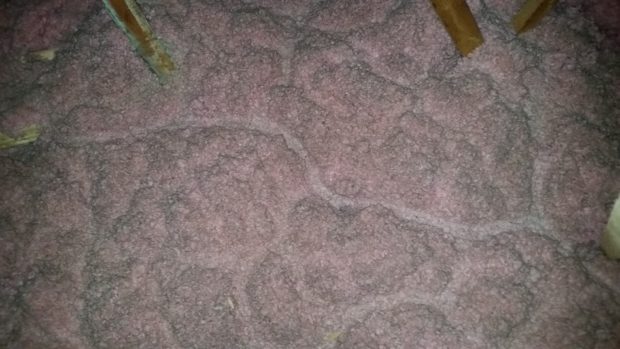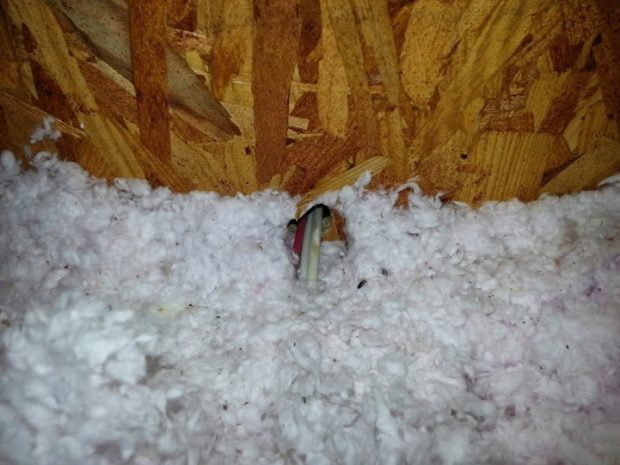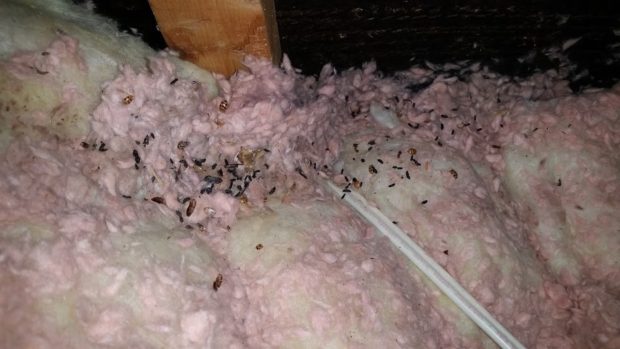Living with mice can be a frustrating experience for any homeowner. Nobody wants to wake up in the middle of the night to the sound of chewing coming from their attic or find mouse droppings in the kitchen.
Mice are one of the most common household pests found in Oakville. In fact, many homes can have mice without the residents even being aware of their presence. This may come as a surprise to many, but mice are experts at remaining undetected and infestations can go on for years without being discovered.

How are mice able to infest homes?
There are a number of reasons why mouse infestations are so common and why they can be very difficult to get rid of.
- Mice are small. Mice are tiny rodents and they are able to contort their bodies in ways that allow them to squeeze into the smallest of holes, cracks and gaps. Houses, even newly constructed ones, aren’t designed to keep out mice that can fit into any hole larger than a dime.
- Mice are sneaky. Being at the bottom of the food chain means mice have to be careful to avoid predators. To help conceal their presence mice are active mostly at night and tend avoid large wide open spaces there they can be easily seen.
- Mice aren’t picky eaters. One of the reasons mice have been able to flourish around the globe is their ability to find and store food. In urban environments like Oakville their diet might include a mix of seeds as well as stored and discarded human food.
- Mice reproduce rapidly. A female mouse is capable of reproducing every 21 days and litters can contain as many as 12 babies. With such a high reproductive rate it is nearly impossible to control a mouse infestation with traps and poisons alone.

Where do mice hide?
Many Oakville homeowners who have never seen or heard evidence of mice may find it difficult to believe that they have an infestation.
Some common mouse nesting sites include:
- Most homeowners tend to avoid spending any time in their attic. Attics are cramped, hot, dusty and difficult to navigate – in other words – a mouse paradise. One of the first places mouse removal specialists will inspect is the attic. Droppings and tunnels through the insulation are clear signs of an infestation.
- Wall Cavities. The cavities behind walls make for great mouse hiding places. The drywall provides protection against predators and gaps around plumbing and electrical runs allow mice to travel freely and out of sight.
- Drop Ceilings. Many basements are finished with drop ceilings that allow mice to nest and travel undercover. Fortunately, drop ceiling tiles can be moved easily in order to inspect the area for signs of mouse activity.

Skedaddle Humane Wildlife Control
If you suspect that mice have taken up residence inside your home it’s important to act quickly before the situation worsens.
Mice can carry numerous diseases that can be transmitted to humans and their urine and feces are dangerous and unsanitary. Activity in walls and attics can damage insulation and electrical leading to expensive repairs and reduce property values.
When tackling a mouse problem at home it helps to have trained professionals on your side. Skedaddle Humane Wildlife Control has been removing mice from Oakville homes since 1989. Call today to book your inspection and see what we can do for you! – (905) 858-3379.


